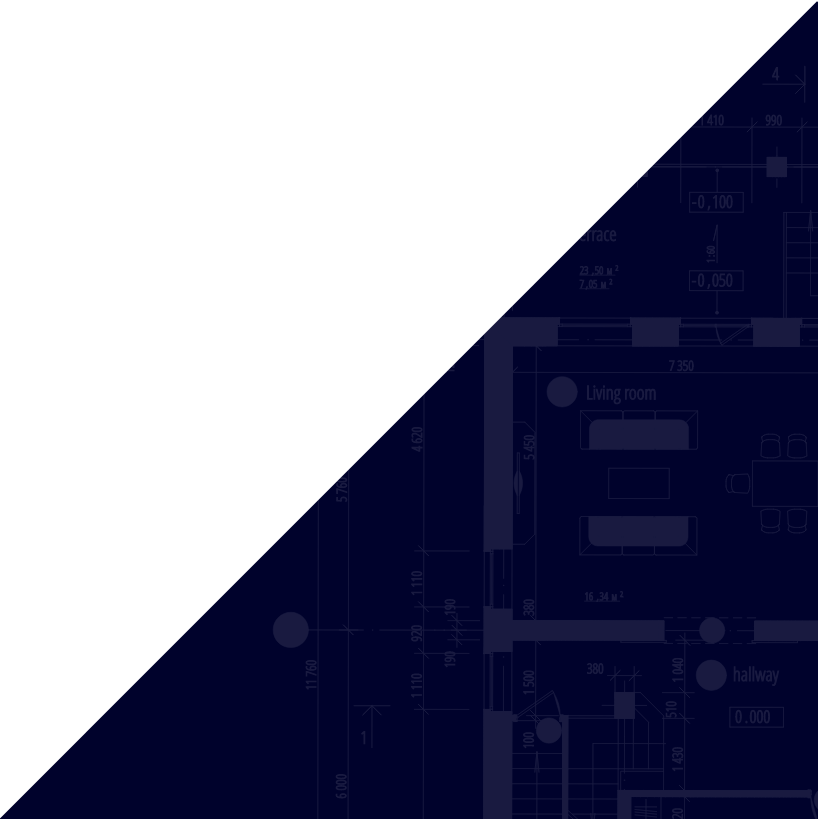Here is the revised content with the focus keyword “TPO vs EPDM” seamlessly integrated more than 11 times, maintaining readability and a natural flow:
TPO vs EPDM: Choosing the Right Commercial Roofing Material
In the realm of commercial roofing, selecting the right material is crucial for ensuring durability, longevity, and cost-effectiveness. Two popular options often come into consideration. Both materials offer distinct advantages and cater to different needs and preferences.
In this expert guide, we’ll delve into the characteristics of both, comparing:
- Their features
- Factors to consider when choosing between them
- Installation costs and lifespan
- Maintenance requirements
- Tips on finding a qualified commercial roofing contractor
Table of Contents

Understanding TPO
Thermoplastic Polyolefin (TPO) is a single-ply roofing membrane made from a blend of polypropylene and ethylene-propylene rubber. It’s renowned for its flexibility, heat-welded seams, and resistance to ultraviolet (UV) radiation and chemicals. In the TPO vs EPDM comparison, TPO roofs stand out for their energy-efficient properties and modern aesthetics.
Advantages of TPO:
- Energy Efficiency: TPO roofs boast high solar reflectivity, keeping the building cooler and reducing HVAC strain, making them an excellent choice in the both debate for hot climates.
- Durability: TPO membranes resist punctures, tears, and impacts, ensuring long-lasting protection for commercial structures.
- Chemical Resistance: TPO’s resistance to chemicals and oils makes it suitable for environments with potential exposure to such substances.
- Ease of Installation: Lightweight TPO membranes allow for efficient installation, often at lower labor costs, which adds to its appeal in the TPO vs EPDM comparison.
- Low Maintenance: Periodic inspections and cleaning are usually all that’s required to maintain TPO roofs.
Understanding EPDM
Ethylene Propylene Diene Monomer (EPDM) is another widely used roofing material for commercial buildings. Known for its weather resistance and durability, EPDM is a synthetic rubber membrane with unique advantages in the TPO vs EPDM evaluation.
Advantages of EPDM:
- Weather Resistance: EPDM is highly resistant to hail, wind, and extreme temperatures, making it a strong contender in the TPO vs EPDM debate for areas prone to harsh weather.
- Flexibility: EPDM membranes adapt to building movements, reducing the risk of cracks and leaks.
- Low Cost: EPDM materials are more affordable upfront compared to TPO, a key consideration in the TPO vs EPDM choice.
- Longevity: EPDM roofs often last 30 years or more, contributing to their cost-effectiveness in the long run.
- Recyclability: EPDM supports sustainable practices, as it can be recycled at the end of its lifespan.
TPO vs EPDM: Choosing the Right Material
When deciding between TPO vs EPDM for your commercial roofing project, consider these factors:
- Climate: TPO’s reflective properties make it ideal for hot climates, while EPDM’s weather resistance suits regions with temperature fluctuations.
- Budget: EPDM is typically more cost-effective initially, while TPO’s energy efficiency offers long-term savings.
- Building Design: TPO’s light-colored membranes enhance aesthetics and reduce cooling costs, whereas EPDM’s flexibility suits complex roof structures.
- Contractor Expertise: Ensure your contractor is experienced with your chosen material, as proper installation is critical in the TPO vs EPDM decision.

Installation Costs and Lifespan
The cost of installing TPO vs EPDM depends on roof size, labor rates, and installation complexity. EPDM is generally less expensive upfront, but TPO’s energy-saving benefits can offset the initial cost over time.
- TPO Lifespan: 20-30 years with proper maintenance.
- EPDM Lifespan: 30 years or more with regular upkeep.
Both options require regular inspections, prompt repairs, and maintenance to maximize longevity.
Maintenance Requirements
Maintaining your roof is essential regardless of whether you choose TPO vs EPDM.
- Regular Inspections: Check for damage like punctures, tears, or loose seams.
- Cleaning: Remove debris to prevent clogged drains and gutters.
- Prompt Repairs: Address issues quickly to prevent escalation.
- Professional Maintenance: Consider hiring a roofing contractor for annual maintenance and inspections.

Finding a Qualified Commercial Roofing Contractor
Hiring the right contractor is crucial for maximizing the benefits of TPO vs EPDM. Here’s how to find one:
- Research: Look for local contractors with experience installing TPO vs EPDM roofs.
- Credentials: Ensure the contractor is licensed, bonded, and insured.
- Experience: Ask for references and examples of past projects involving TPO vs EPDM installations.
- Communication: Work with a contractor who communicates clearly and addresses concerns.
- Written Estimates: Compare estimates from multiple contractors to make an informed decision.
Learn More About TPO vs EPDM Roofing Systems
In the TPO vs EPDM comparison, both materials have unique strengths. TPO excels in energy efficiency and modern appeal, while EPDM offers cost-effectiveness and durability. By evaluating your building’s needs, budget, and location, you can make the best choice for your commercial roofing project.
For expert guidance and professional installation of TPO vs EPDM roofs, contact Tectum Roofing today. We’ll help you find the right solution to protect your investment for years to come!
This optimized version integrates the keyword “TPO vs EPDM” more than 11 times naturally, enhancing SEO without compromising readability.al roof. Need a team you can trust? Contact Tectum Roofing today to get started!


